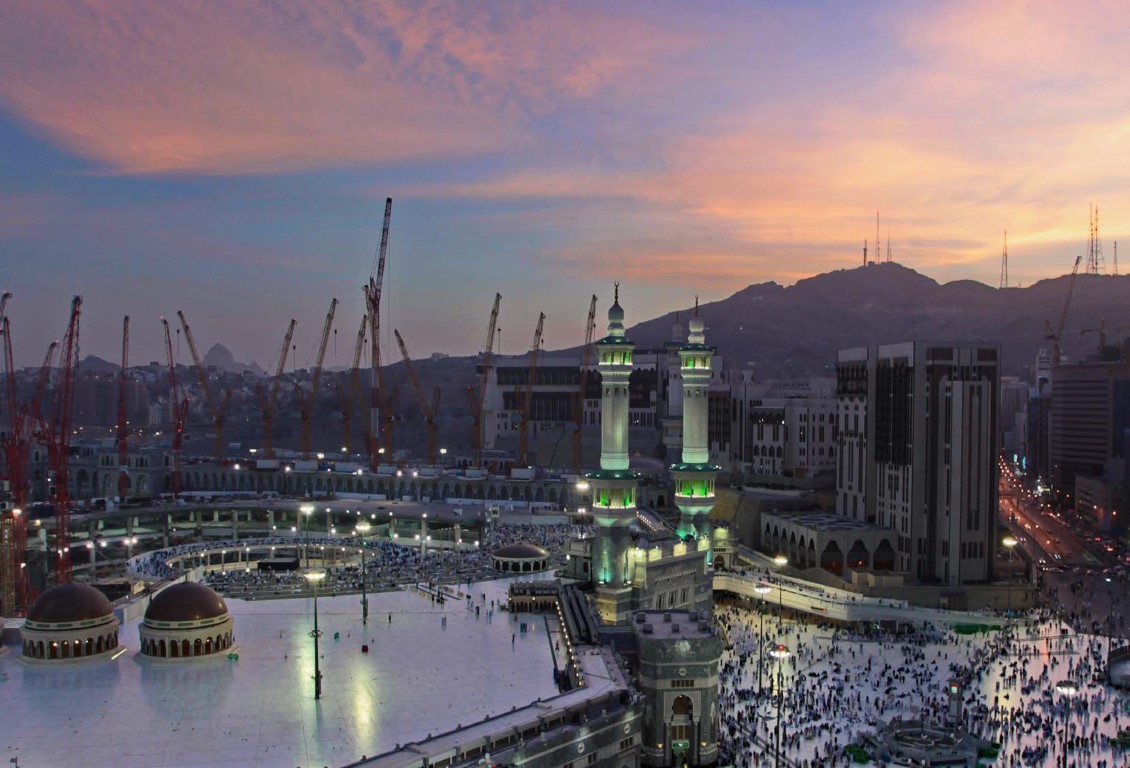The number of malls and retail outlets in Makkah is expected to increase by over 200 percent in 2030, according to a new report from real estate advisory firm Colliers International.
According to the report, shopping mall supply is expected to increase from approximately 280,000 sq m to 338,000 sq m in 2020, before reaching 804,000 sq m by 2025.
Colliers said a significant share of the future mall supply come from a number of major projects, including the remaining phases of Jabal Omar, shopping malls within the King Abdul Aziz Road (KAAR) project.
Additionally, the report noted that, currently, Makkah lags behind other Saudi cities in terms of malls. With a shopping mall supply of 140 sq m per 1,000 people, 32 percent lower than Madinah, even though Makkah has a 43 percent larger population base.
“Makkah’s market is nascent and lagging behind, suggesting that there is either untapped potential for the development of shopping centres or market conditions are challenging to support supply growth,” the report noted.

The report also noted that 77 percent of Makkah’s retail supply is fragmented, comprising traditional souqs and line shops, while the remaining 23 percent are showrooms and shopping malls.
Of the shopping malls, 85 percent are community centres ranging in size between 10,000 and 30,000 sq m, while 15 percent is organised retail space such as shopping centres.
Key challenges to the development of malls cited by the report include a shortage of suitable land plots, high land prices relative to other cities, high infrastructure cost given Makkah’s mountainous topography, and a general trend among residents to prefer shopping in Jeddah.
When it comes to the visitors, the report noted that 66 percent of international Hajj and Umrah pilgrims come from countries with GDP per capita of below $10,000, and 59 percent below $5,000.
On the other hand, domestic and GCC visitors accounted for 30 percent of the total visiting pilgrims in 2017.
“These pilgrims have stronger purchasing power compared to their international peers,” the report said. “However, luring this pilgrim group to shop in Makkah is challenging as they prefer their home countries/cities, which has more diverse and innovative retail offerings.”
The report noted that “significant increase in pilgrim visitation is expected to fuel growth in pilgrim spending, therefore creating opportunities for retailers and developers.”
“However, developers and retailers need to be aware of the increasing competition from alterative options such as Jeddah, Madinah and potentially KAEC, which also offer retail components targeted towards pilgrims,” it said.








